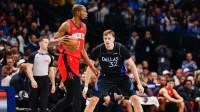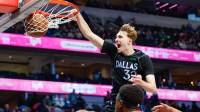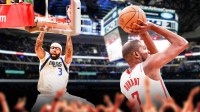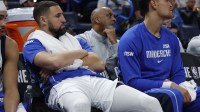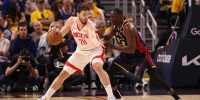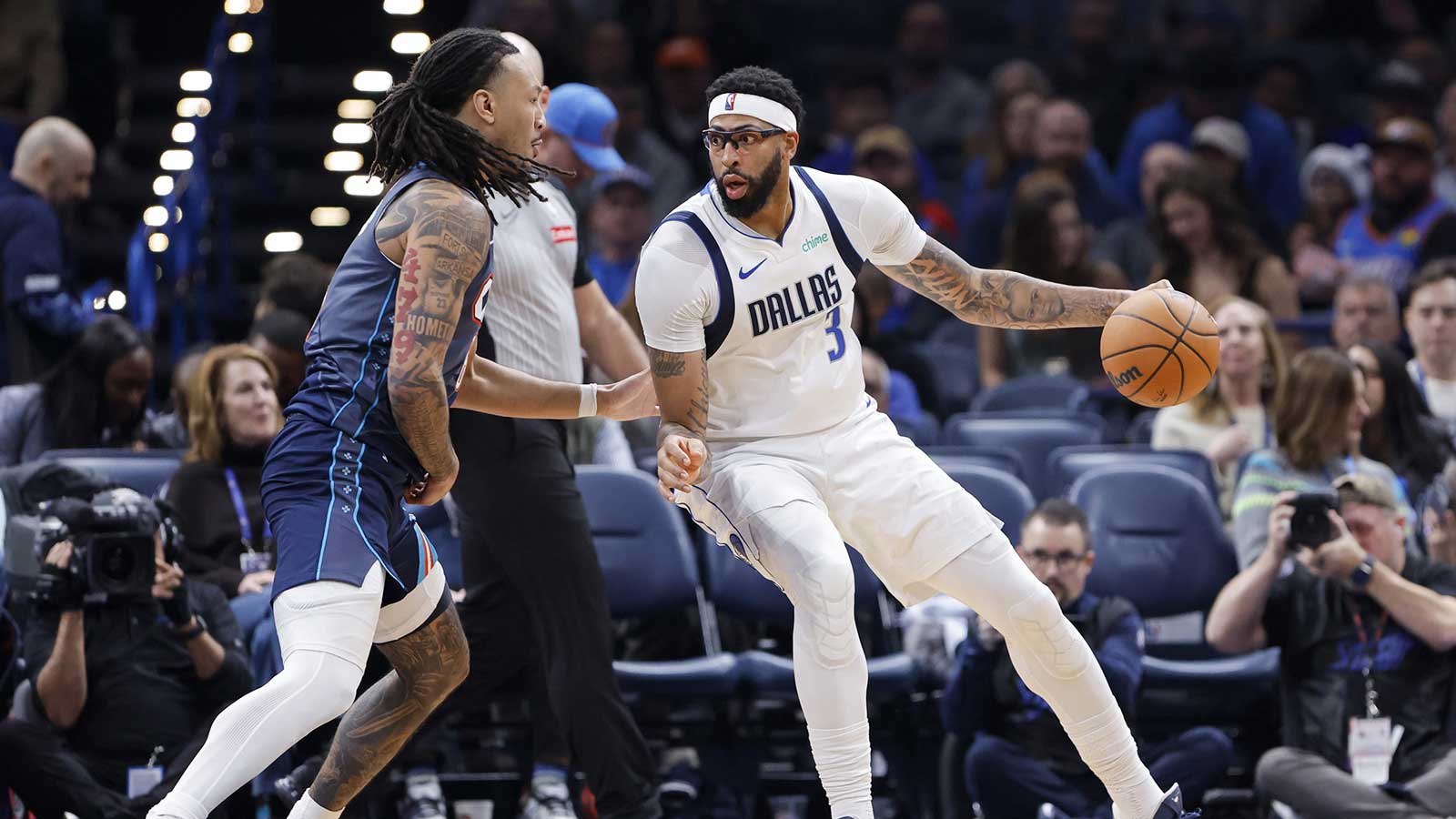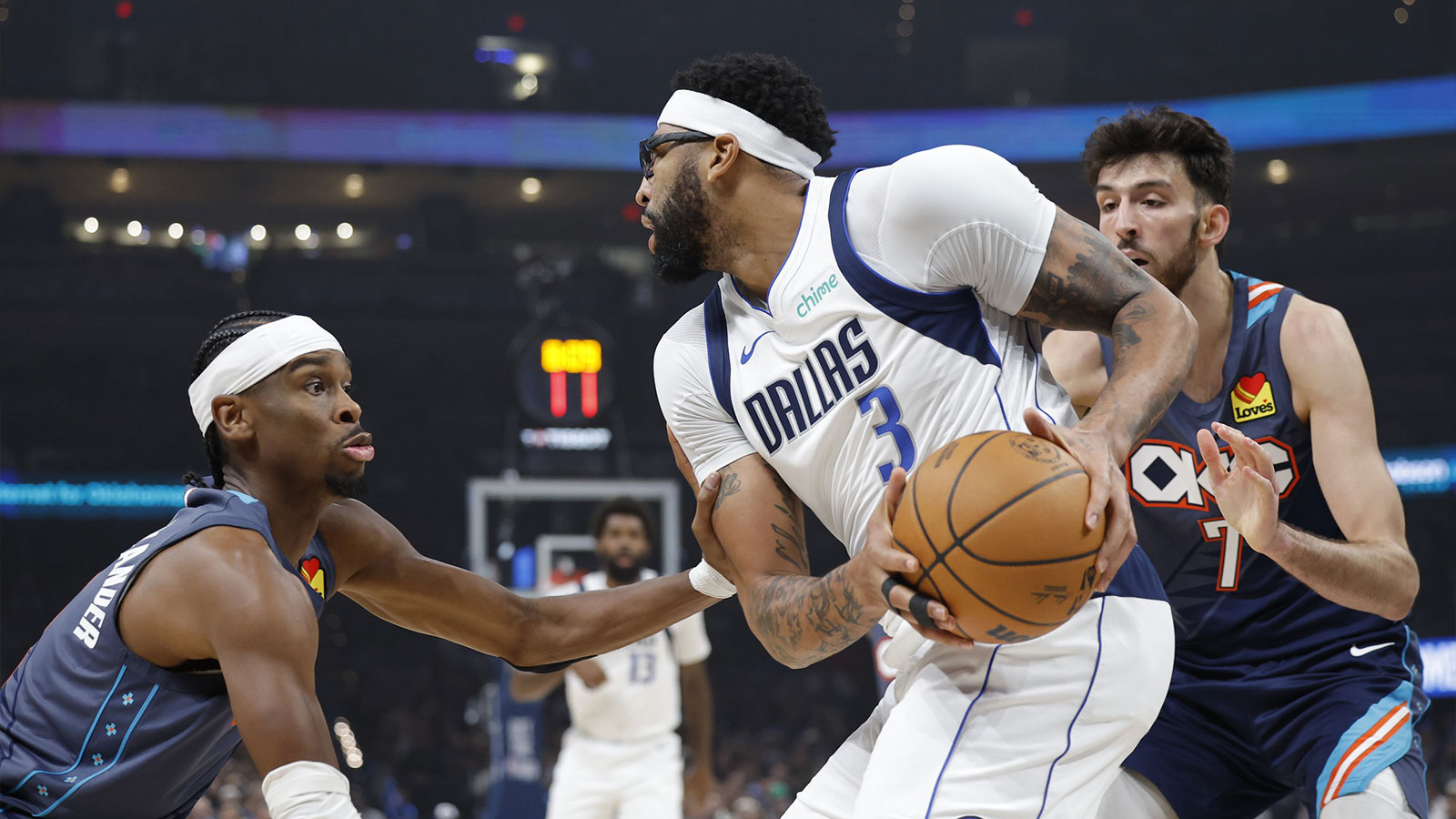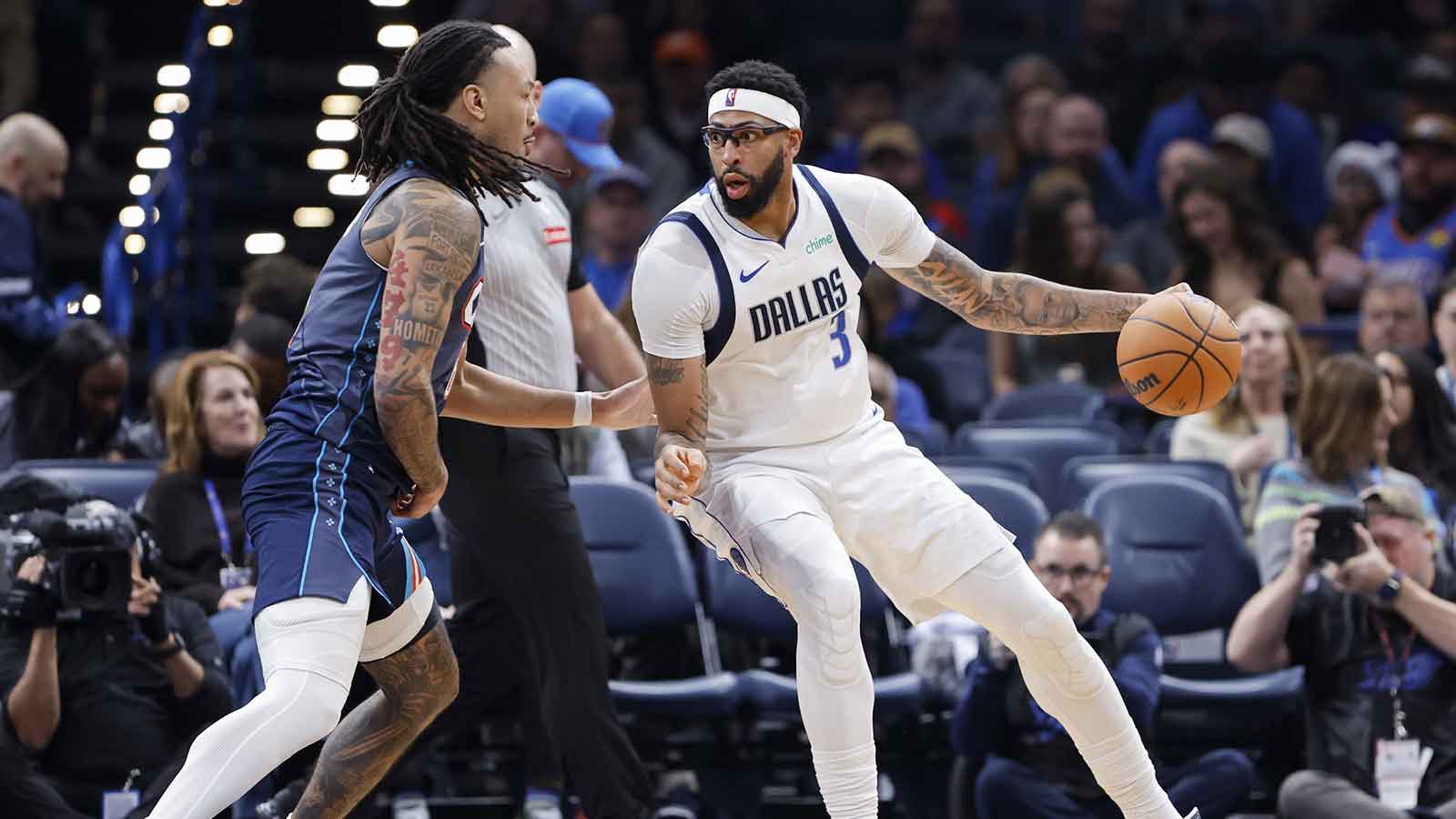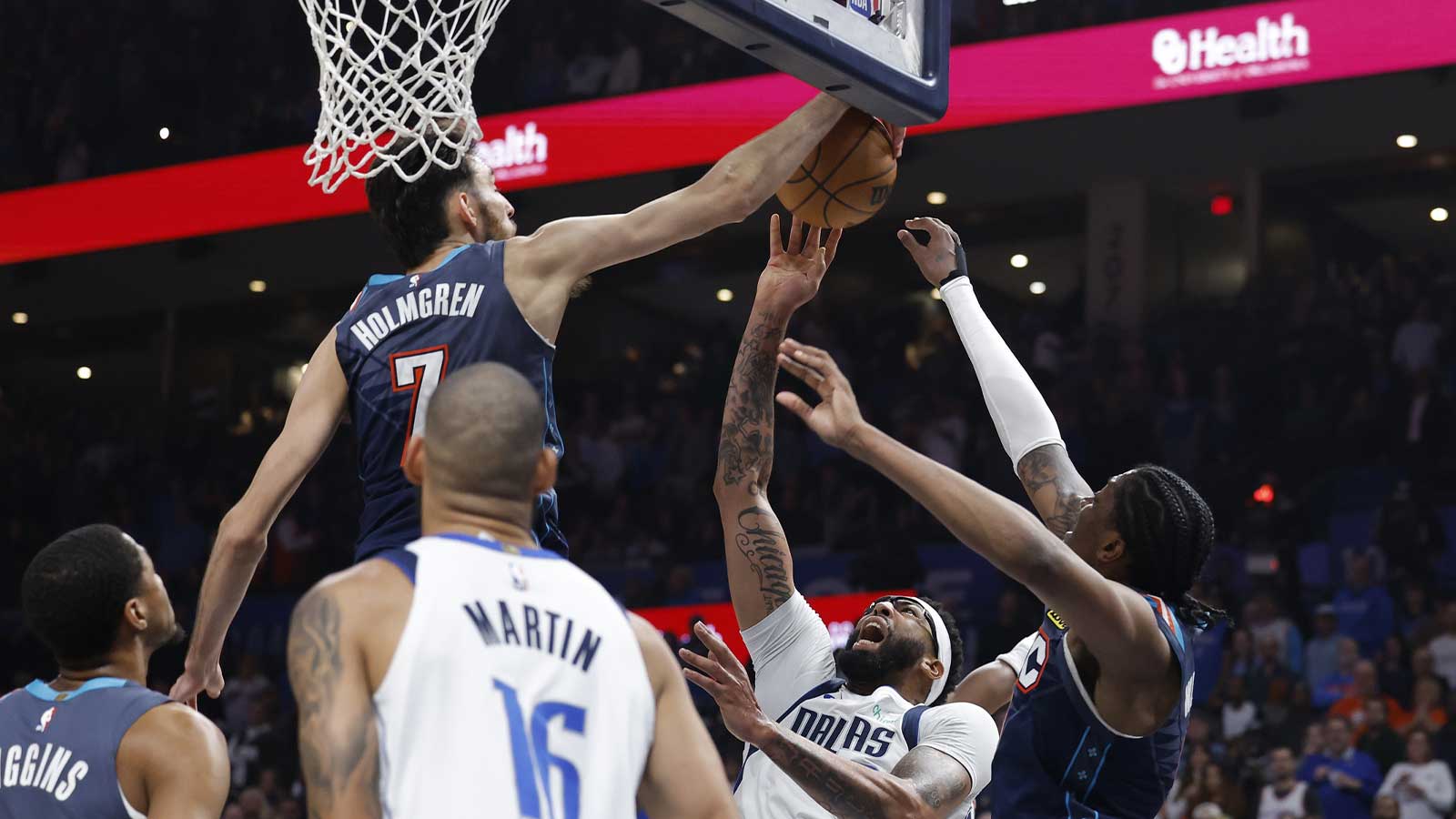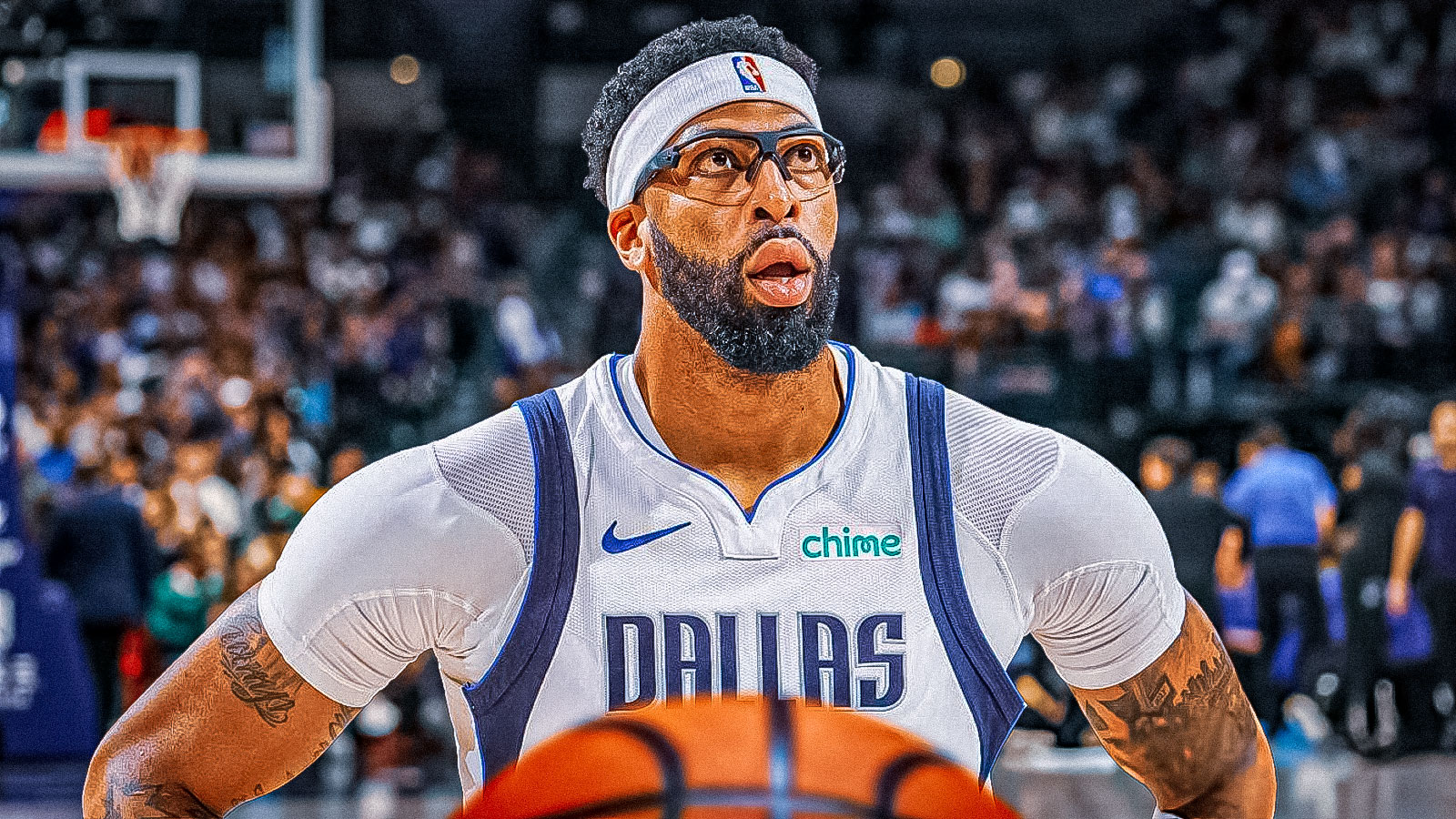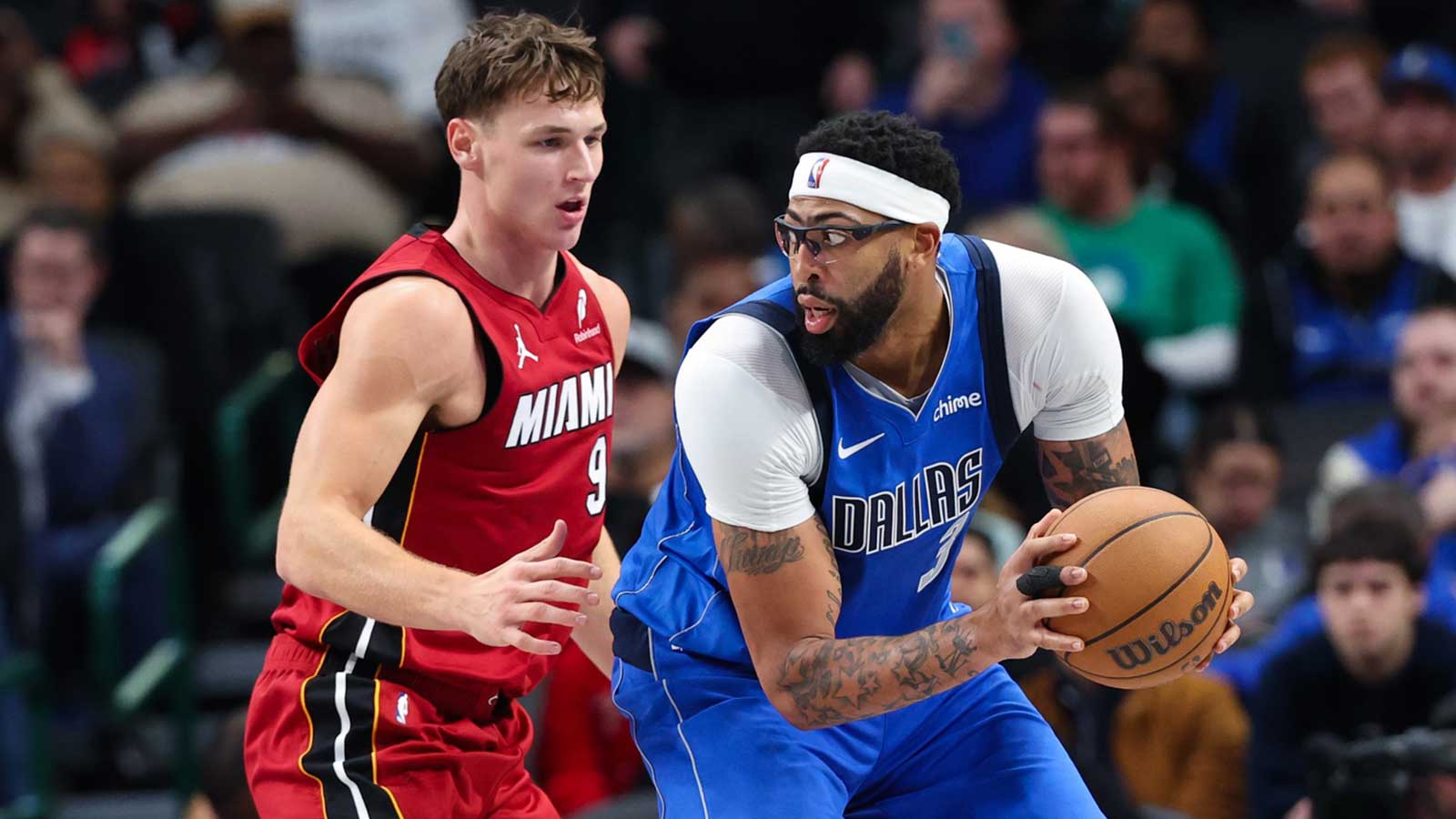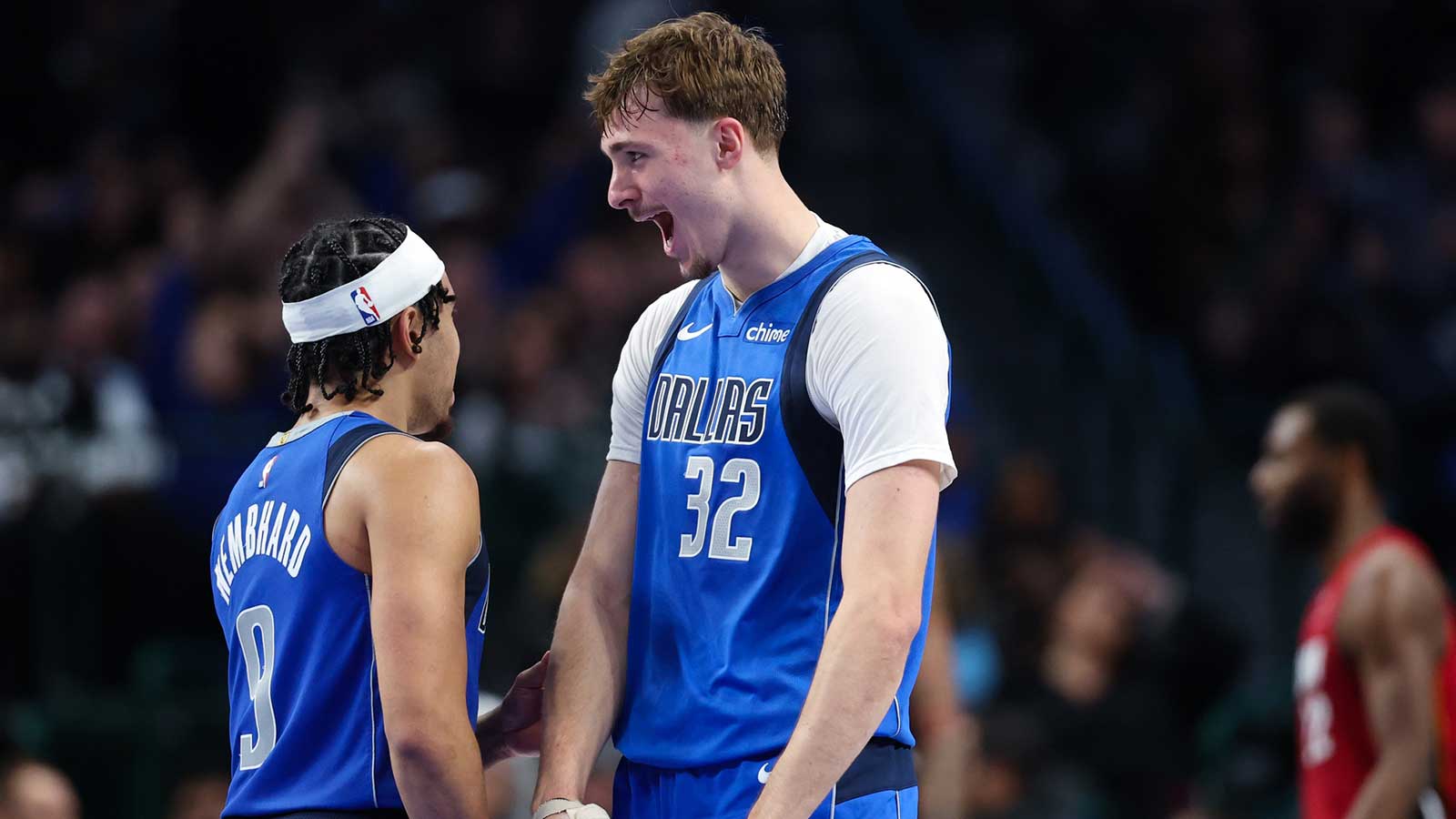The Dallas Mavericks emerged from the 2025 NBA offseason with bold intentions. After a season marred by injuries and an early exit in the Play-In Tournament, the front office pushed to reshape the roster into one capable of contending in a crowded Western Conference. On paper, they accomplished quite a bit. Dallas landed the No. 1 overall pick in the draft against all odds, with less than a 2% chance, and used it on teenage sensation Cooper Flagg, a generational prospect whose two-way upside could define the franchise's next decade.
Meanwhile, they also re-signed Kyrie Irving to a three-year deal, signaling their belief that he can still be a key piece in their title chase. In addition, they added D’Angelo Russell to serve as the team’s primary ball handler in Irving’s absence, and extended Daniel Gafford, shoring up their frontcourt for the foreseeable future.
Additionally, the Mavericks kept Anthony Davis healthy and committed. And yet, despite all the right names and contracts, the Mavericks may have fundamentally misunderstood the balance required to win in the NBA.
The 1 move the Mavericks should've made: Consolidate the frontcourt, add a perimeter creator
It’s not that the Mavericks made a bad signing or picked the wrong rookie. The critical mistake was philosophical, an unwillingness to consolidate their overloaded frontcourt and address their lack of perimeter shot creation.
The Athletic gave the Dallas Mavericks an A for their offseason grade 👀
(via @TheAthleticNBA) pic.twitter.com/pn555gxBA8
— MFFL NATION (@NationMffl) August 5, 2025
Look across the Mavs’ depth chart and you’ll see a massive imbalance. The roster features Anthony Davis, Dereck Lively II, Daniel Gafford, Dwight Powell, Caleb Martin, PJ Washington, and O-Max Prosper, all of whom are best deployed as bigs or forwards. While positional versatility is a luxury in today’s NBA, this level of redundancy in the frontcourt clogs spacing, limits lineup flexibility, and more crucially, takes minutes away from players like Flagg who need reps to develop.
The irony is that while Dallas has bodies, it lacks ballhandlers. With Kyrie Irving projected to miss most of the season (if he returns at all), D’Angelo Russell is the only proven shot creator on the roster. And as good as Russell can be, he’s wildly inconsistent and an unreliable defender. The rest of the guard rotation is sparse. Max Christie is more of a wing, Jaden Hardy is still raw, and Dante Exum is better suited as a reserve combo guard.
The Mavs had a golden opportunity this offseason to fix that. By packaging Gafford or Kesslar Edwards (or both) with a younger forward or a pick, Dallas could have chased a starting-caliber guard to steady the offense. Even targeting someone like Tyus Jones, Markelle Fultz, or Malcolm Brogdon would’ve given them a secondary ball handler who can play with or without Flagg.
Instead, they doubled down on size, and now they’re stuck with a roster that’s too big to run small and too clunky to space the floor.
Big men still matter in the modern NBA, but only in the right context. The Mavericks have three centers who need minutes in Davis, Gafford, and Lively II. They also have stretch forwards like Naji Marshall and Prosper, and veteran holdovers like Dwight Powell and Caleb Martin, who have no clear role.
Daniel Gafford was extended, a show of faith in his rim-running and shot-blocking abilities, but his game overlaps heavily with Dereck Lively II, a younger, cheaper, and more dynamic version of the same archetype. Powell and Kai Jones add depth but very little upside.
This leads to a problem that’s both tactical and developmental.
Tactically, Dallas cannot consistently space the floor if they’re playing two traditional bigs at once. And with Davis likely playing power forward in many lineups, that puts one of Gafford or Lively II into a starting role by default, hurting both spacing and tempo. Meanwhile, Cooper Flagg will often be forced to play the 3, where his lack of elite quickness may be exposed defensively, and his best offensive skills (as a secondary initiator and slasher) may be neutralized.
From a developmental standpoint, this crowding forces Flagg to play unnatural positions and takes opportunities away from younger players who need minutes to grow. If the Mavericks are truly building around Flagg long-term, they need to tailor the roster to maximize his skill set, not shoehorn him into awkward lineups.
The missed opportunity: Building a balanced, Flagg-Centric core
This offseason was Dallas’s best chance to reset its priorities. With a generational rookie in Flagg, a healthy Davis, and a win-now mandate, the front office should’ve aimed to build a more balanced roster that protected Flagg’s growth while shoring up their current weaknesses.
Instead of hoarding bigs, Dallas could’ve pursued: A scoring combo guard to take pressure off Flagg, a 3-and-D wing who could start at the 3 and allow Flagg to play the 4 full-time (e.g., Saddiq Bey, Bruce Brown, or Quentin Grimes), and a veteran point guard with playoff experience who could stabilize the offense until Kyrie returns.
Even modest moves, like trading Daniel Gafford and Powell for a reliable guard and a second-round pick, would’ve created more lineup versatility. A more decisive front office would’ve leaned into the Flagg era by surrounding him with players who complement his strengths rather than forcing him to adapt to theirs.
There’s no denying that the Mavericks have talent. Anthony Davis is still an All-NBA force when healthy. Flagg could be special. D’Angelo Russell might have a bounce-back year. If Kyrie Irving returns and contributes by March or April, this team could absolutely make noise in the playoffs.
This team can win __ games in 2025-26? pic.twitter.com/e51df4ni9r
— MavsMuse (@MavsMuse) July 24, 2025
But the margin for error is razor-thin, and Dallas has built a roster that limits its flexibility. The front office’s refusal to consolidate overlapping talent and address the glaring lack of shot creation could come back to haunt them.
For now, the Mavericks are gambling that their bigs will stay healthy, that Russell will be more consistent than ever before, and that Flagg can develop quickly while playing out of position. That’s a lot to ask.
The Mavericks had a strong offseason in terms of individual moves, signing Kyrie, drafting Flagg, and adding Russell. But basketball is not won on paper. Roster fit matters just as much as talent. And in that regard, Dallas missed the mark.
The one move they should’ve made? Consolidating their overloaded frontcourt to acquire a dependable guard or wing. It would’ve given them balance, spacing, and lineup flexibility. More importantly, it would’ve helped maximize the franchise’s most important player, Cooper Flagg.
Now, Dallas enters the 2025-26 season hoping their talent can overcome its imbalance. It might work. But it didn’t have to be this hard.


